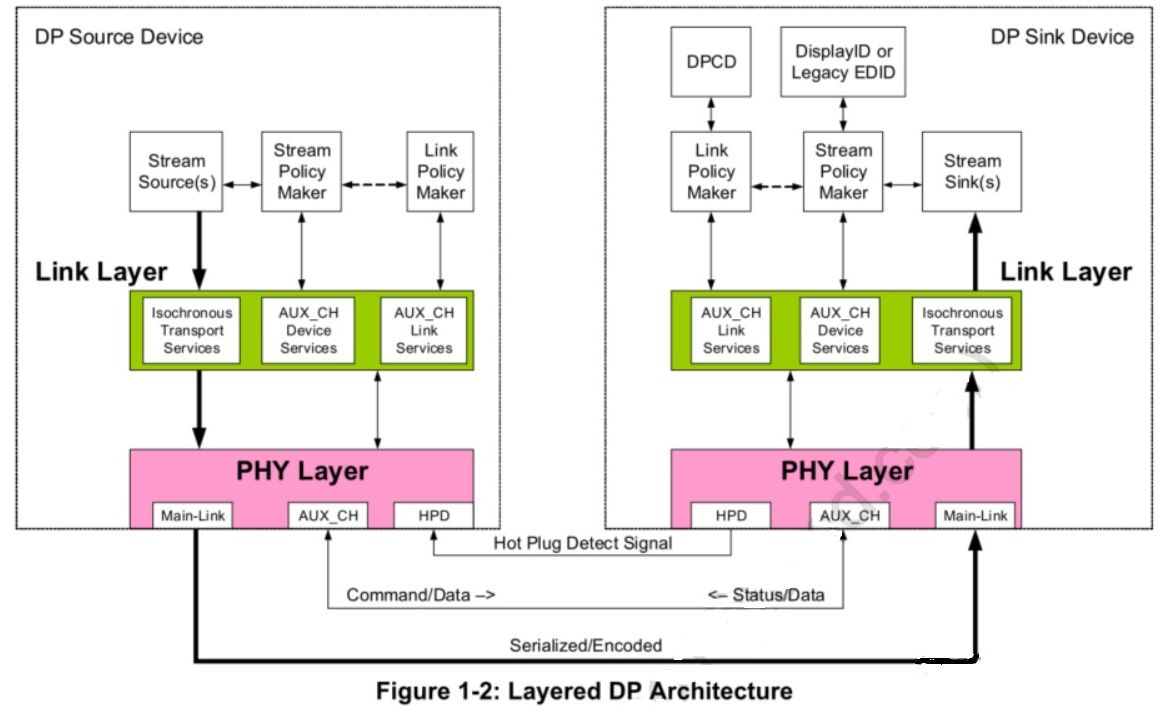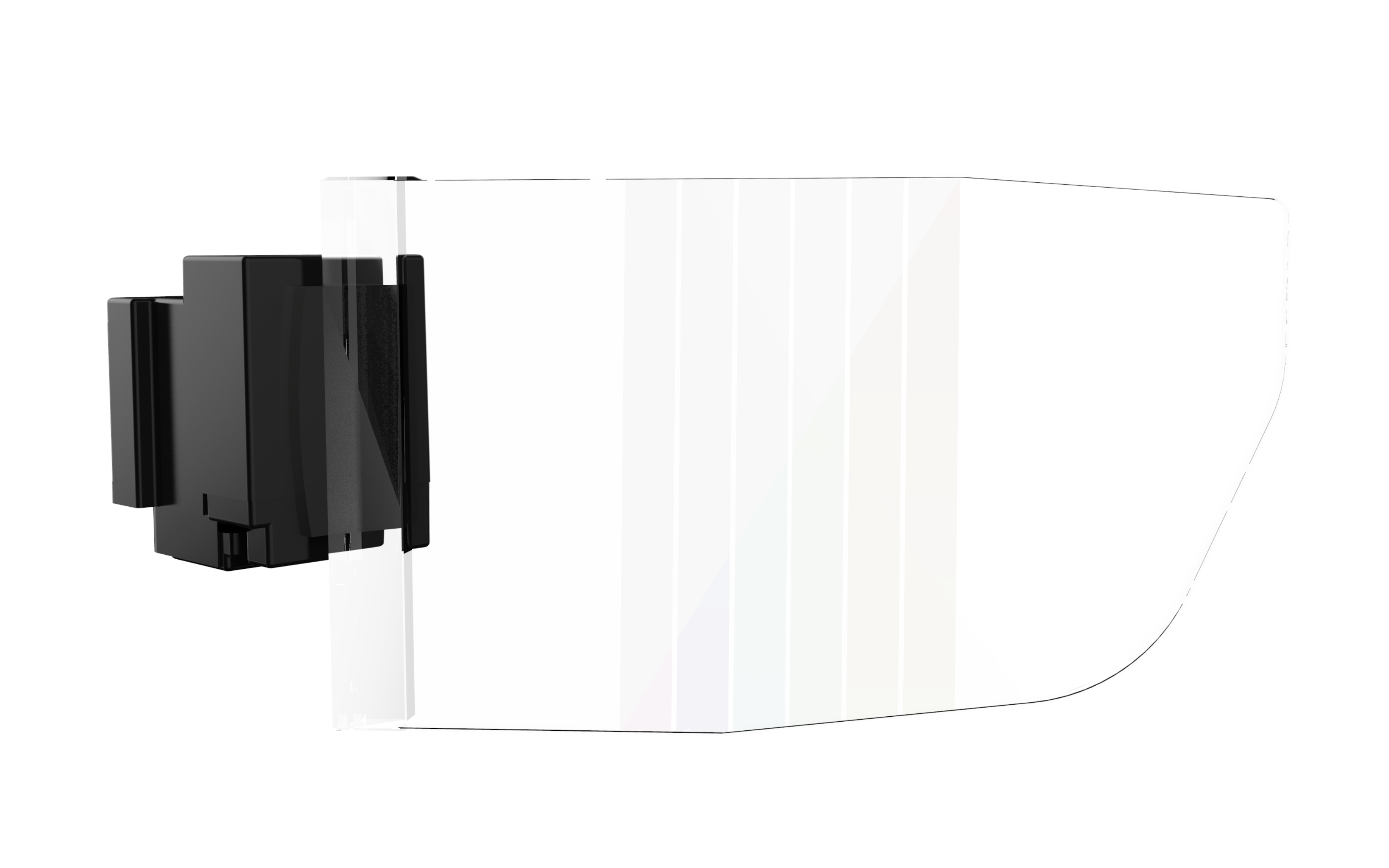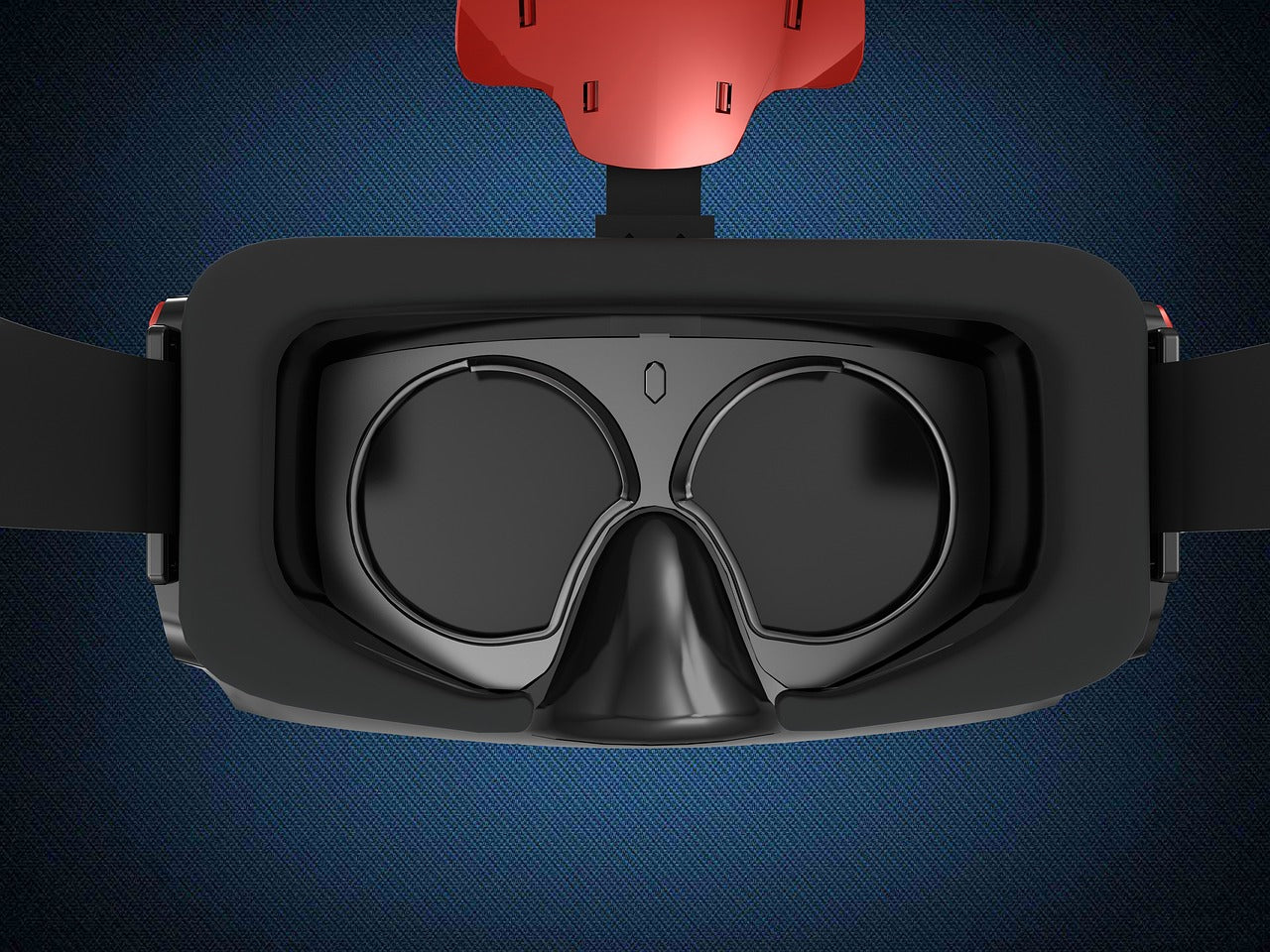
In the world of virtual and augmented reality, developers are constantly seeking new ways to create immersive and engaging experiences for users. With the advent of XR (Extended Reality) technology, which encompasses virtual reality (VR), augmented reality (AR), and mixed reality (MR), the possibilities have expanded even further. However, developing XR applications can be a complex task, requiring specialized tools and frameworks. In this blog post, we are excited to introduce you to XR SDK Tools, a revolutionary set of development tools that streamline the XR development process.
What are XR SDK Tools?
XR SDK Tools are a comprehensive suite of software development kits (SDKs) and tools designed specifically for creating XR applications. These tools provide developers with a unified framework to build applications that seamlessly integrate virtual and augmented reality elements. By leveraging XR SDK Tools, developers can harness the power of XR technology and deliver truly immersive experiences to their users.
Key Features and Benefits
- Cross-Platform Compatibility : XR SDK Tools are designed to work across multiple platforms, ensuring maximum reach and compatibility. Whether you're targeting VR headsets, AR glasses, or mixed reality devices, these tools provide a consistent development experience.
- Simplified Development Process : XR SDK Tools offer a range of features that simplify the XR development process. This includes tools for scene creation, 3D asset importing, spatial mapping, gesture recognition, and more. By providing a streamlined workflow, developers can focus on creating captivating experiences rather than grappling with technical complexities.
- Advanced Tracking and Spatial Mapping : XR SDK Tools incorporate advanced tracking and spatial mapping capabilities, enabling developers to create applications with precise object tracking and real-world environment understanding. This allows for more accurate placement of virtual objects in the real world, enhancing the overall user experience.
- Interaction and Input Management : XR SDK Tools provide comprehensive solutions for managing user interactions and input in XR applications. From hand tracking and gesture recognition to controller support and voice commands, developers have a range of options to design intuitive and immersive user interfaces.
- Performance Optimization : Performance is crucial in XR applications to ensure a smooth and comfortable experience for users. XR SDK Tools offer optimization features such as dynamic level of detail (LOD) rendering, occlusion culling, and frame rate management, helping developers create efficient applications without sacrificing visual fidelity.
- Community and Support : XR SDK Tools often come with a vibrant community of developers who actively share their knowledge, resources, and code samples. This community support fosters collaboration and provides a valuable resource for developers, enabling them to overcome challenges and accelerate their XR development journey.
XR SDK Tools
- Unity XR SDK : Unity is a popular game development engine that offers a comprehensive XR SDK. It supports multiple platforms such as Oculus, HTC Vive, Windows Mixed Reality, and more. Unity XR SDK provides a range of features including scene management, input management, spatial mapping, and cross-platform compatibility.
- Unreal Engine XR SDK : Unreal Engine is another powerful game development engine that offers an XR SDK. With Unreal Engine XR SDK, developers can create immersive XR experiences for platforms like Oculus, HTC Vive, PlayStation VR, and others. It provides advanced rendering capabilities, spatial audio, and robust tools for XR development.
- ARKit (iOS) and ARCore (Android) : These SDKs from Apple and Google respectively are focused on augmented reality development for mobile platforms. ARKit and ARCore provide developers with tools for detecting and tracking real-world objects, creating AR experiences, and integrating AR features into mobile applications.
- Vuforia : Vuforia is a popular AR SDK that enables developers to create marker-based and markerless AR experiences. It provides features such as object recognition, image tracking, and virtual buttons, making it suitable for various AR applications.
- Microsoft Mixed Reality Toolkit (MRTK) : MRTK is an open-source XR toolkit provided by Microsoft. It offers a set of components and tools to simplify the development of mixed reality applications for Windows Mixed Reality headsets. MRTK provides spatial mapping, gesture recognition, and input management, among other features.
- OpenXR : OpenXR is an open and royalty-free standard for XR development supported by industry-leading companies. It aims to unify XR development across different platforms and devices, allowing developers to create applications that work seamlessly on multiple XR devices.
Conclusion:
XR SDK Tools are revolutionizing the development of XR applications by providing developers with a unified and powerful framework. With simplified workflows, advanced tracking capabilities, optimized performance, and comprehensive interaction management, these tools empower developers to create immersive experiences across various platforms. Whether you're building virtual reality, augmented reality, or mixed reality applications, XR SDK Tools offer the necessary features and resources to unlock the full potential of XR technology. In the XR ecosystem, DisplayModule Provide Optical Modules and Micro-OLEDs for inventors’ Diverse Needs.
Read more

DisplayPort (DP) protocol is a high-speed serial interface standard for digital audio and video transmission, developed by VESA (Video Electronics Standards Association) DisplayPort was originally ...

Waveguides for light can primarily be classified into two categories: Geometric Waveguides and Diffractive Waveguides. Geometric Waveguides, also known as array waveguides, achieve image output an...



Leave a comment
This site is protected by hCaptcha and the hCaptcha Privacy Policy and Terms of Service apply.